Papillon is French for butterfly. I’ve always felt it was a fitting name for the breed of dog sometimes otherwise referred to as continental toy spaniels. Named for their huge, fringed, ears that are marked to resemble butterfly wings, Papillons are (normally) dainty, elegant dogs. Thought not many would argue against their beauty, to talk about papillons’ appearance only would be doing the breed a huge disfavor. More important than their striking appearance, to me at least, is their extreme intelligence and amazing personalities.
Post Contents:
Breed History:
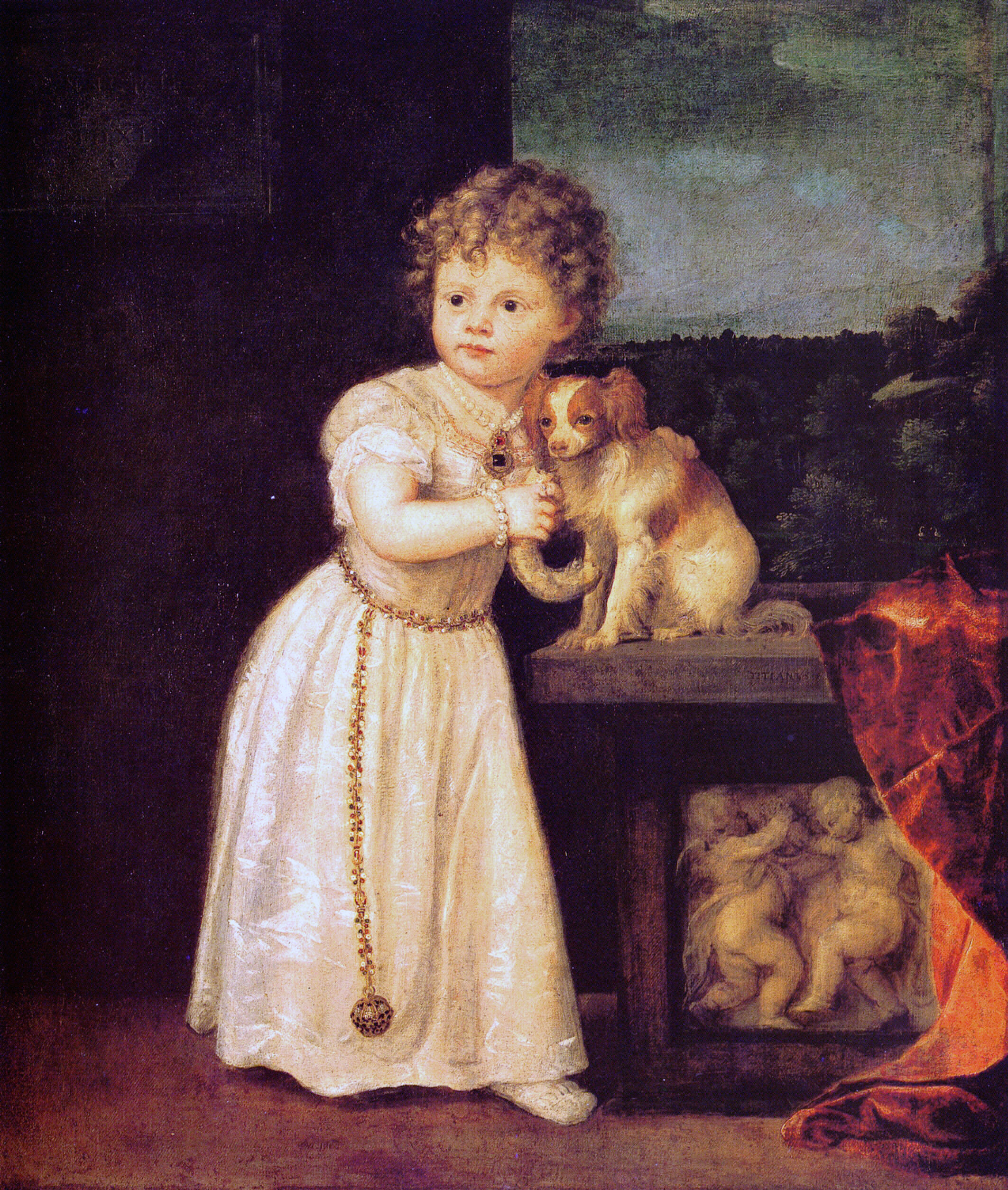
“Portrait of Clarissa Strozzi” 1542
Apparently it’s not only modern day lovers of the breed who find these tiny dogs adorable. Because the evolution of the papillon is well documented through ancient works of art. Although they were not yet called papillons, the earliest Italian paintings of small dogs thought to be the ancestors of today’s papillons are from back around the 15th century. Dogs resembling papillons are quite commonly found in early paintings of royal or wealthy merchant class families. Papillons are thought to be one of the oldest toy breeds in European history. Descended from a type of spaniel, the breed has changed a bit over the centuries – most notably becoming smaller than their ancient cousins.
Appearance:
Today’s papillons are considered to be a toy breed of dogs. Per AKC standards, they should stand between 8 and 11 inches tall at the withers. There is no set standard weight for the breed, however they are generally under 10 lbs. My papillon, Kitsune, is an example of a throwback. Throwback papillons are individuals who grow to be larger than what the current breed standard calls for. This is thought to be caused by ancient genetics, from back when the breed was larger, cropping up in modern bred dogs. Other reasons for a papillon growing to be oversized can include poor breeding, and too many snacks (being overweight).
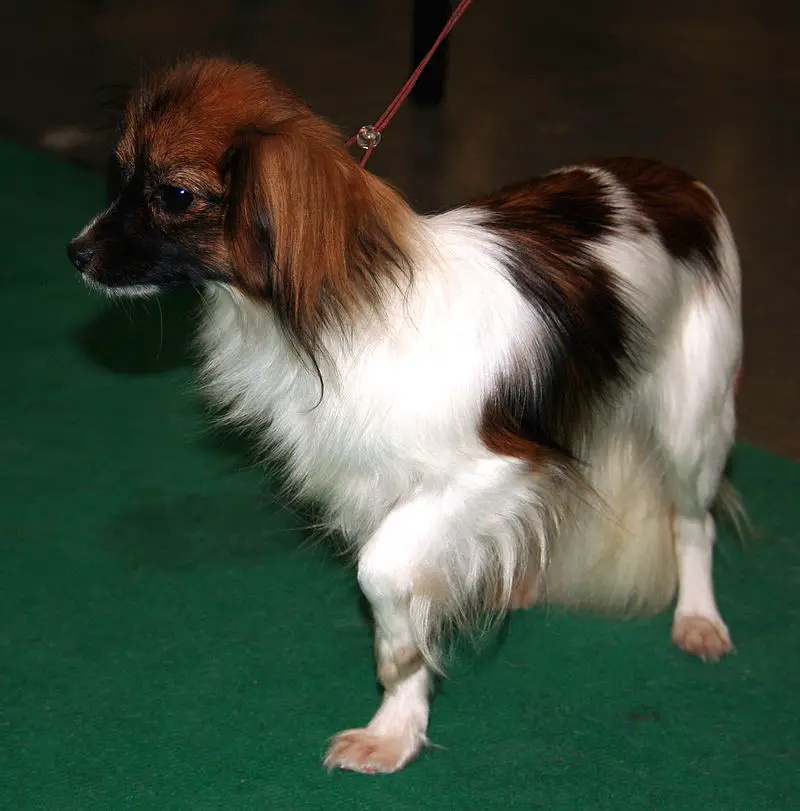
Via Pleple2000, Wikimedia Commons.
The most recognizable physical trait of the papillon is, of course, their large, fur fringed ears. One thing to note is that some papillons, referred to as phalenes (phalene means moth in French), actually have drop ears. Papillons and phalenes are the same breed, with the only difference being how their ears are held.
Generally, papillons are a dainty breed that should have an elegant appearance. Per the breed standard they should have soft, long, single coats. The fur on their face and front of the legs remains short, but grows long on the ears and over the rest of the body. The breed standard says they should always be parti colored – or white with patches of other colors. To complete their butterfly look, their ears should be a color other than white. This color should extend down over their eyes, creating a mask like pattern. Their bodies can be any color, and are usually mostly white with patches of color.
Grooming:
Papillons are often referred to as a “wash and wear” breed. Despite their long hair, they are often considered to be low maintenance when it comes to grooming. Frequent brushing goes a long way towards keeping your papillon clean and tangle free. I personally use a comb on my papillon. Many types of pet brushes designed for shorter coated dogs will only brush the surface fur of a papillon. Because mats forming close to the skin are both common and painful for papillons, you want to ensure you are gently brushing through the entire length of their fur, all the way down to the skin.
Trimming the fur of papillons is a hot button issue amongst fans of the breed. Opinions range from it being sacrilege to clip a papillon’s fur short, to it being perfectly acceptable. I’ve never personally had any issues with owners who choose to keep their papillon’s fur clipped short, as long as enough fur is left to protect the skin from sunburn. Papillons are supposed to be a single coated breed, meaning that they lack the dense insulating undercoat that some dogs have. Clipping a single coated dog does not have the same drawbacks that clipping a double coated dog does. In fact, I’ve been clipping my papillon’s fur for over 13 years now with never a single issue caused by doing so.

Low, But Not No, Maintenance
Whether you choose to leave your papillon’s fur naturally long or trim it up a bit, care should be taken to clean up key areas including the feet and personal areas. Long fur growing between the paw pads on the bottoms of the feet can cause your papillon to loose traction on slippery surfaces, and can attract dirt and burrs. Trimming the fur around your dog’s private parts will go a long way towards keeping your furry friend cleaner. If fur on the tail, or any other part of the body, gets long enough to drag on the floor it should be trimmed to help maintain cleanliness and for the safety of the dog.
Show groomers also typically trim the hair on the back of the hocks and shape the fur on the top of the feet. Some show breeders will remove whiskers as well.
Grooming isn’t all about the fur! Make sure to also clean your papillon’s ears and teeth, and trim his/her nails. Bathing can be as frequent or as sparse as needed for your individual dog. My papillon suffers from seasonal allergies so, to help keep him clean and to decrease his allergy symptoms, I bathe him once a week for most of the year. For best results, always use a high quality shampoo designed for dogs. Detergent free shampoos are less harsh on the skin and fur especially if you bathe often.
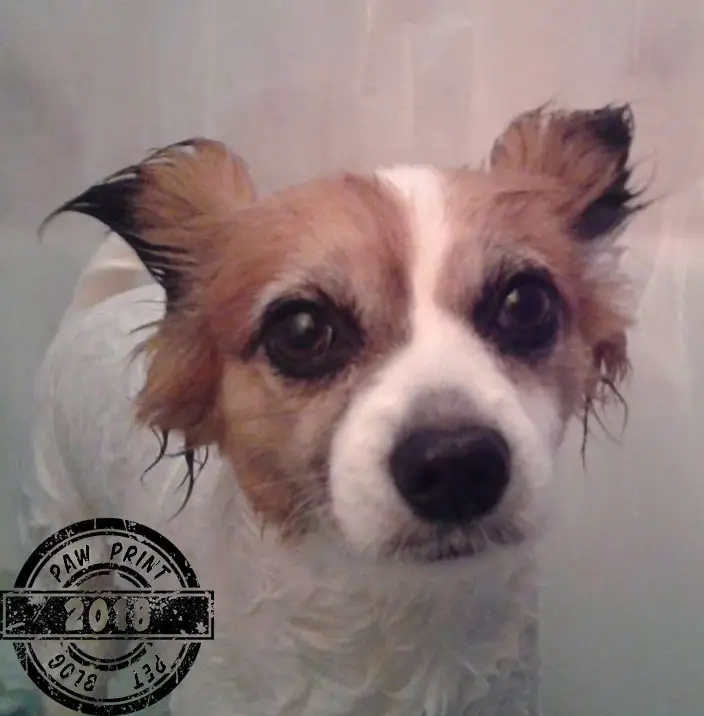
Just to note: It’s important to remember that each dog, like each person, is an individual. Breed profiles can give you a general idea of what you can expect from a specific breed of dog however, not all dogs will conform to breed expectations.
Temperament:
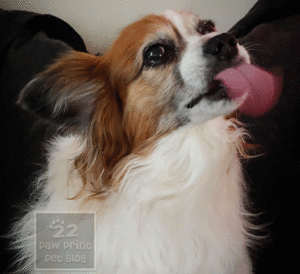 Finally I get to write about what really draws me to this breed! Papillons are true beauties with brains. They hold a place of honor amongst the list of top 10 smartest dog breeds. My personal papillon is also highly food motivated. This combination means he’s a quick study, usually learning (and remembering) a new trick after only a single training session!
Finally I get to write about what really draws me to this breed! Papillons are true beauties with brains. They hold a place of honor amongst the list of top 10 smartest dog breeds. My personal papillon is also highly food motivated. This combination means he’s a quick study, usually learning (and remembering) a new trick after only a single training session!
Papillons, in general, are social butterflies. My Kitsune personifies this well. I don’t think he’s ever met a stranger. He loves both people and other animals. I said other animals on purpose because I don’t just mean other dogs. Kit has always been very gentle and sweet with other types of animals as well, including those that are much smaller than he is. That doesn’t mean all papillons will be like this. Their spaniel ancestry means that some papillons do have a higher prey drive.
Papillons are said to often times not recognize their small stature. Care should be taken around dogs who are larger than they are, because papillons will not often back down from a fight even when the odds are not at all in his/her favor.
Small but Mighty!
Although they may look like dainty little house dogs, in reality most papillons are anything but. This is a very high energy breed, and an ideal family will be able to provide their papillon with plenty of physical and mental exercise. Most papillons can easily keep up during even long walks or hikes, and papillons excel at dog sports such as agility. Be careful, because a bored papillon usually doesn’t mean good things for your belongings. Papillon’s high intelligence paired with their energy level means that they are experts at getting in to trouble when not provided with antiquate outlets for their energy.
Papillons can be barkers and most will alert their owners to things like people at the door, but their reactions rarely go beyond barking. This is not a breed normally prone to shyness, anxiety, or aggression. My papillon will bark if he hears someone at our door, but if anyone ever broke into our home I have no doubt he would great the intruder with a wagging tail and a toy.
If you’re looking for a ‘one person’ dog this may not be the right breed for you. Kitsune knows who his family members are, but in a house full of people he’d be just as likely to snuggle with someone he just met as he would be with me. Speaking of snuggling – opinions seem to vary about whether or not this breed is snugly. My papillon has earned himself the nickname “King of Snuggles” so I think you know where my opinion lies. However, I’ve heard that some individuals are much more independent.
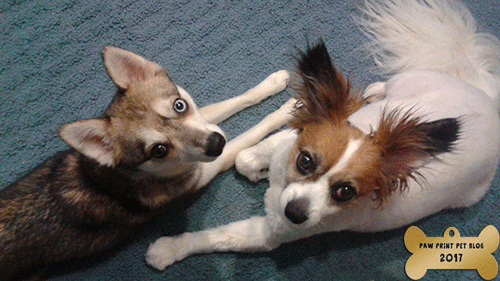
Health:
The average lifespan of a papillon is said to be between 12 to 15 years (I wish they lived forever!). If well bred and cared for, they are generally a healthy breed. Some common health issues to look out for include dental problems, luxating patellas, collapsed trachea, and progressive rental atrophy. My papillon suffers from quite a few different allergies, and from talking to other owners this also seems relatively common in the breed. Back/spinal issues such as IVDD also seems to be relatively common, especially in older papillons.
Ideal Owners:
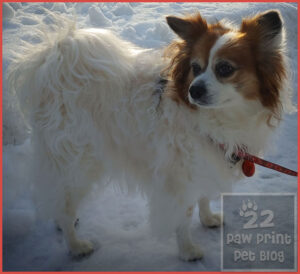 Papillons can make great pets even for apartment dwellers. Generally, the main issues to be considered would be the fact that the breed does tend to bark a lot, and that you have to make sure you give them enough exercise and mental stimulation. If those issues don’t put you off then I’d say most papillons would make great apartment pets. Because they are usually friendly and social, living in a busy building full of other people and dogs shouldn’t bother them.
Papillons can make great pets even for apartment dwellers. Generally, the main issues to be considered would be the fact that the breed does tend to bark a lot, and that you have to make sure you give them enough exercise and mental stimulation. If those issues don’t put you off then I’d say most papillons would make great apartment pets. Because they are usually friendly and social, living in a busy building full of other people and dogs shouldn’t bother them.
An ideal papillon owner would be someone who’s looking for a small dog to accompany him/her out on adventures! Papillons are small, but very high energy. They love getting outside to explore new areas and meet new people. Though they may look regal and dainty, these dogs are in no way couch potatoes. Don’t let their small size fool you – papillons live life large. They have large personalities, trumped possibly only by their capacity to love. If you’re an active family or individual looking for a small dog to accompany you on big adventures, a papillon just might be the right dog for you!
Do you have a papillon of your own? Tell us about him/her in the comments below! If anyone has any questions feel free to ask those as well, I’ll do my best to answer them.
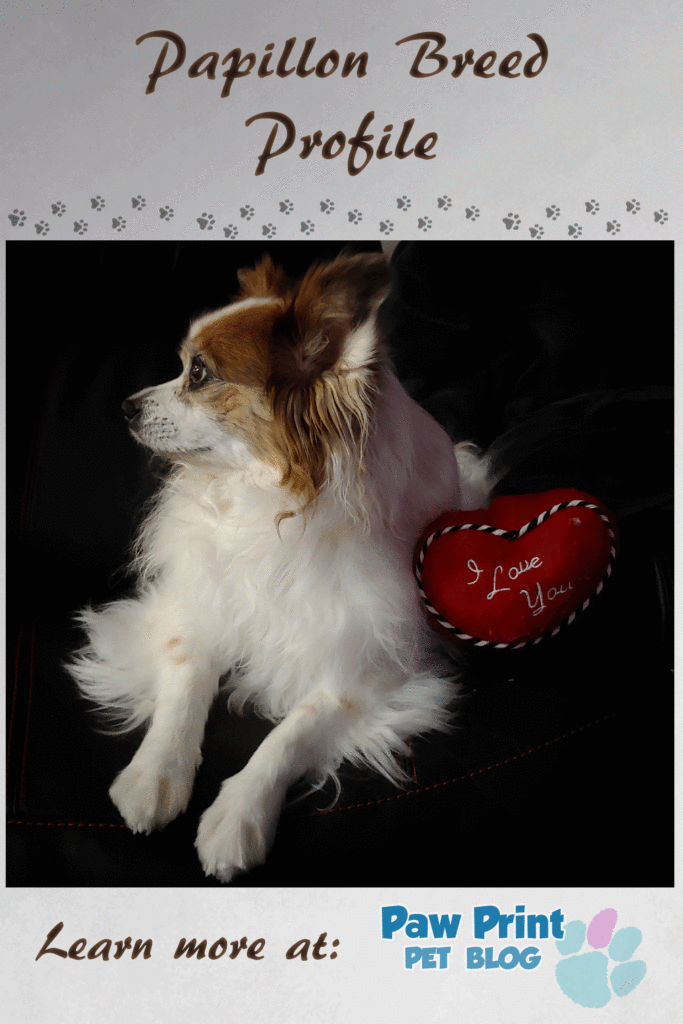

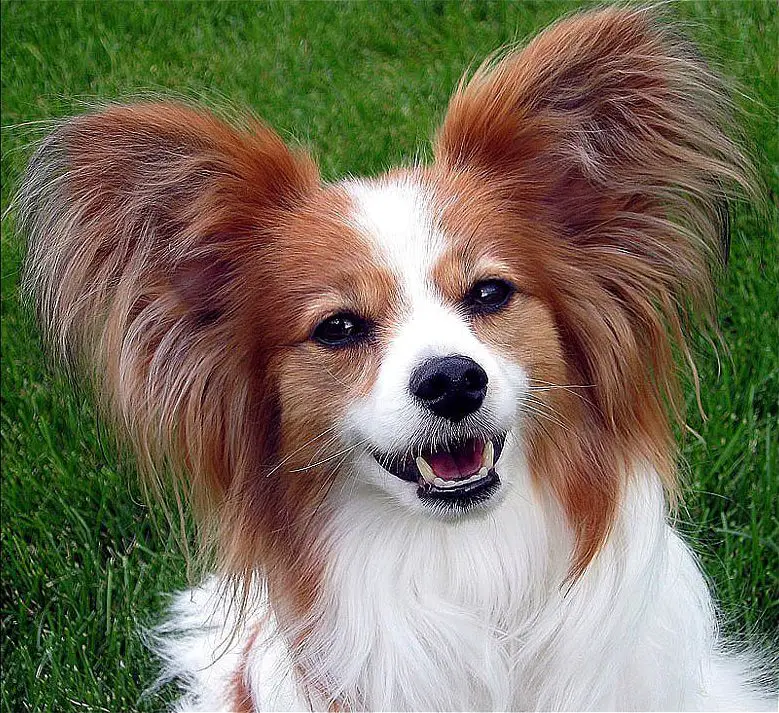
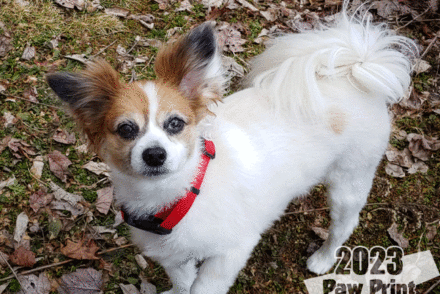
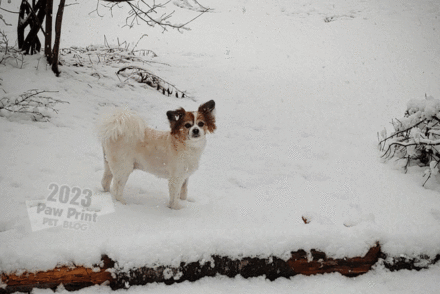
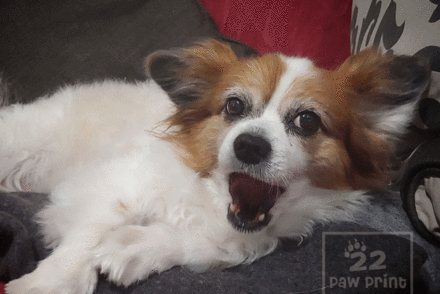

7 Comments
I’d heard of Papillons being a breed, but this is the first time I’ve read the specifications or seen a picture. Kitsune is adorable, and those fluffy ears do look a bit like a butterfly.
I have a pedigree papillon, called Oliver. He is a throwback….he’s 16 inches tall, 21 inches long & weighs 11 kilo’s!!!!! I think he’s far better than a so called ‘normal’ pappy….far less breakable. He’s the love of my life!!!!
Aw I bet Oliver is adorable! I agree, I actually like that my Kitsune is larger than normal too. He seems more sturdy, and it’s more Papillon to cuddle!
Hi, My wife and I are looking for a large papillon puppy. Our last one weighed 16.5 lbs and was the love of our life, but all of the breeders we’ve contacted have small papillons (4-9 lbs). We would love one that has parents that are both over 10 lbs. We also love the red and white coloration. If you know of anyone that is breeding paps that are on the large size, we would appreciate the info. Thanks, we were trying to get one for our Christmas, but now it looks like after the New Year. Happy Holidays!!! Roy Francis
Hi Roy! My own papillon is almost 11, so it’s been many years now since I’ve looked into breeders. The wonderful women I got my boy from doesn’t breed anymore. I think you’ll have a hard time finding a good breeder who breeds larger dogs, since per the breed standard they are a toy breed. It wouldn’t hurt to talk to them, though, and ask if they could get in touch with you if they have any oversized puppies. The larger ones seem to pop up every now and then, even with both parents being small. That’s what happened with my Kitsune! Both his parents, as well as his siblings, were small, under 10 lbs. I got Kit cheap because he was outside of the breed standard, but I love his larger size. I totally understand why you’d want another bigger one! If I were to ever get another papillon I’d want a larger one again as well. If you don’t have your heart set on a puppy, perhaps you could find one in rescue? I know there are a handful of papillon breed rescues out there. Good luck! I hope you find the perfect new member of your family soon. Happy holidays!!
Thanks for the info, we will keep trying. Nothing good ever comes easy!
[…] Papillons are a breed that doesn’t typically need haircuts. Many people consider their long fur, especially their ear fringe, to be a focal trait of the breed. The official papillon breed standard says their coat should be “abundant, long, fine, silky, and flowing”. But a papillon with shorter hair is still a papillon indeed. This leads me to my number one pet peeve comment that I’ve gotten about giving my papillon haircuts… […]